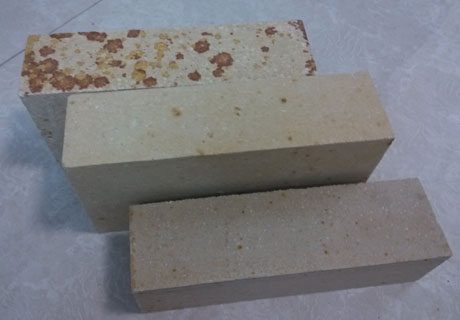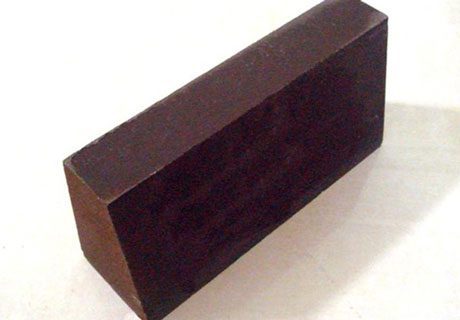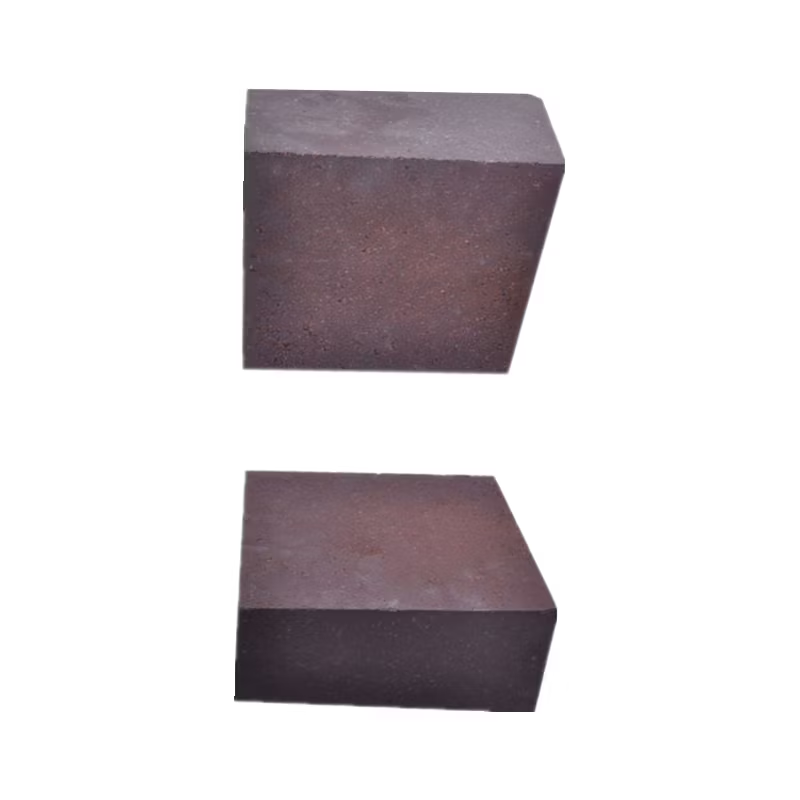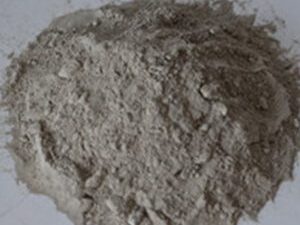Description
High Chrome Refractories: Durable Linings for Demanding Industrial Processes
High chrome refractories are a specialized class of refractory materials characterized by their high chromium oxide (Cr₂O₃) content. This significant presence of chromium oxide gives these refractories exceptional properties that make them invaluable in specific industrial applications facing extreme conditions. Their superior corrosion resistance, particularly against aggressive slags and high temperatures, sets them apart from other refractory options.
What Makes High Chrome Refractories Special?
The magic of high chrome refractories lies in the properties of chromium oxide. This compound imparts several key advantages:
- Excellent Corrosion Resistance: Cr₂O₃ forms a highly protective, dense layer on the refractory surface when exposed to aggressive environments. This layer acts as a barrier, preventing the penetration of molten slag and other corrosive substances.
- High Hot Strength: High chrome refractories retain their mechanical strength even at very high temperatures. This resistance to deformation under load is crucial for maintaining the integrity of the lining in demanding applications.
- Good Thermal Shock Resistance: While not as exceptional as some other refractories, high chrome refractories offer reasonable resistance to sudden temperature fluctuations, preventing cracking and spalling.
- Chemical Inertness: Cr₂O₃ is relatively inert, making high chrome refractories resistant to attack from various chemical species.
- Abrasion Resistance: The inherent hardness of chrome oxide contributes to good abrasion resistance, extending the lifespan of the refractory lining.
Composition & Manufacturing:
High chrome refractories are typically manufactured by combining chrome ore, comprising chromite (FeCr₂O₄), with various additives and binders. The specific composition can be tailored to meet the requirements of the intended application. The manufacturing process typically involves:
- Raw Material Preparation: Crushing, grinding, and blending the raw materials.
- Shaping: Forming the mixture into desired shapes using methods like pressing, casting, or ramming.
- Firing: Heating the shaped refractories at high temperatures to sinter the materials and develop the required strength and properties.
Applications Across Industries:
The unique properties of high chrome refractories make them indispensable in various industries, particularly those involving high temperatures and corrosive environments. Some key applications include:
- Metallurgical Industry:
- Steelmaking: In the production of stainless steel and other specialty alloys, high chrome refractories are used in furnace linings, especially in the slag line area where corrosion is most severe.
- Non-Ferrous Metal Smelting: They are used in furnaces for smelting copper, nickel, and other non-ferrous metals, providing resistance to aggressive slags and fluxes.
- Cement Industry:
- Rotary Kilns: High chrome refractories are employed in the hot zone of rotary kilns, where they withstand high temperatures and abrasive clinker.
- Glass Industry:
- Glass Furnaces: They are used in specific areas of glass furnaces, especially those producing high-alkali glasses, where they offer superior corrosion resistance.
- Chemical Industry:
- Incinerators: High chrome refractories are used in incinerators for waste disposal, providing resistance to high temperatures and corrosive combustion products.
Advantages & Considerations:
Advantages:
- Extended Lifespan: Due to their superior durability, high chrome refractories offer a longer service life, reducing downtime and maintenance costs.
- Reduced Slag Penetration: Their resistance to slag penetration helps maintain the integrity of the refractory lining and prevents premature failure.
- Improved Process Efficiency: By withstanding harsh conditions, they contribute to more stable and efficient high-temperature processes.
Considerations:
- Cost: High chrome refractories are typically more expensive than other refractory options due to the cost of chromium ore and the manufacturing process.
- Environmental Concerns: The use of chrome-containing materials raises environmental concerns due to the potential for chromium release. Responsible sourcing and disposal practices are essential.
- Specific Application Needs: Careful selection of the appropriate grade of high chrome refractory is crucial to ensure optimal performance in specific applications.
Future Trends:
The development of high chrome refractories is ongoing, with research focusing on:
- Improving Thermal Shock Resistance: Enhancing their ability to withstand sudden temperature changes.
- Reducing Chromium Content: Exploring alternative materials and compositions to lessen the environmental impact.
- Developing Advanced Manufacturing Techniques: Optimizing manufacturing processes to improve performance and reduce costs.
Conclusion:
High chrome refractories represent a vital component in numerous high-temperature industrial processes. Their exceptional resistance to corrosion, high temperatures, and abrasion makes them a valuable investment for applications demanding durability and reliability. While cost and environmental considerations need to be addressed, the ongoing research and development in this field promise to further enhance the performance and sustainability of high chrome refractories, solidifying their position as a key material for demanding industrial environments.









Reviews
There are no reviews yet.